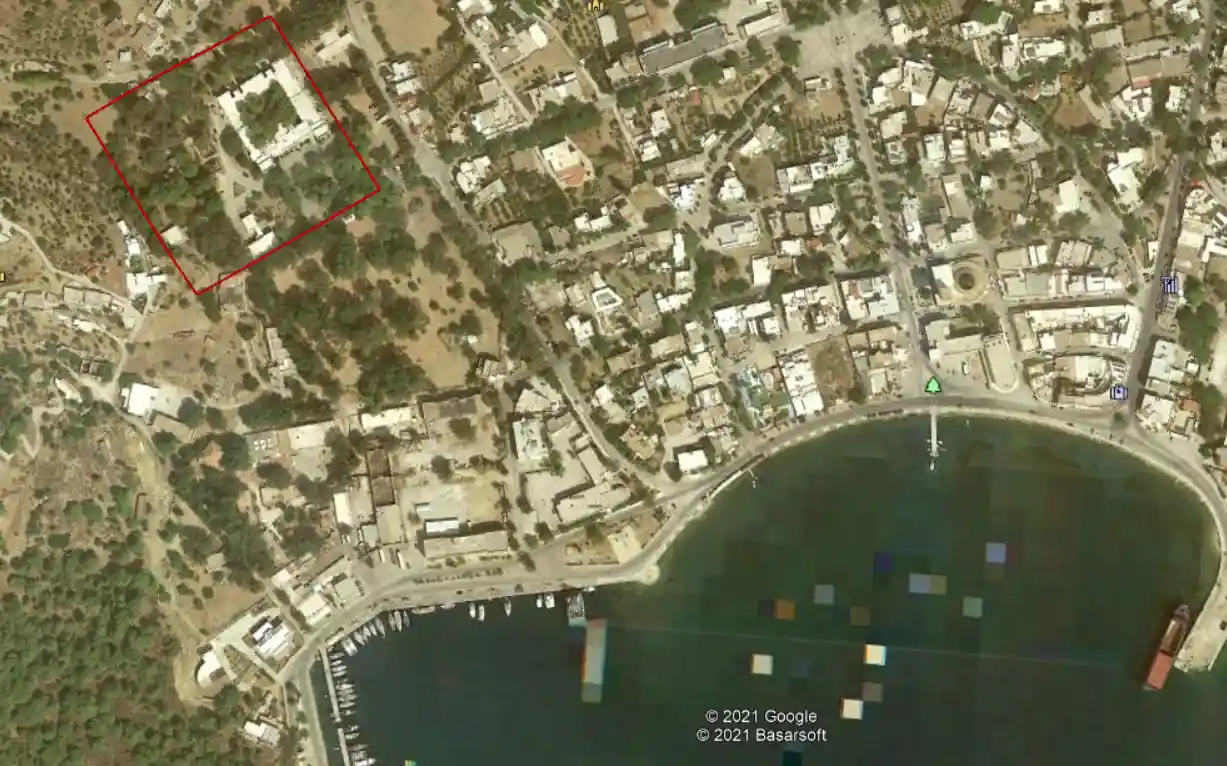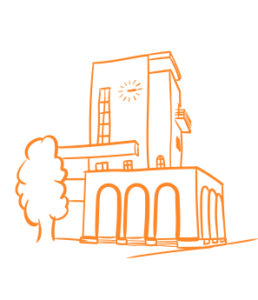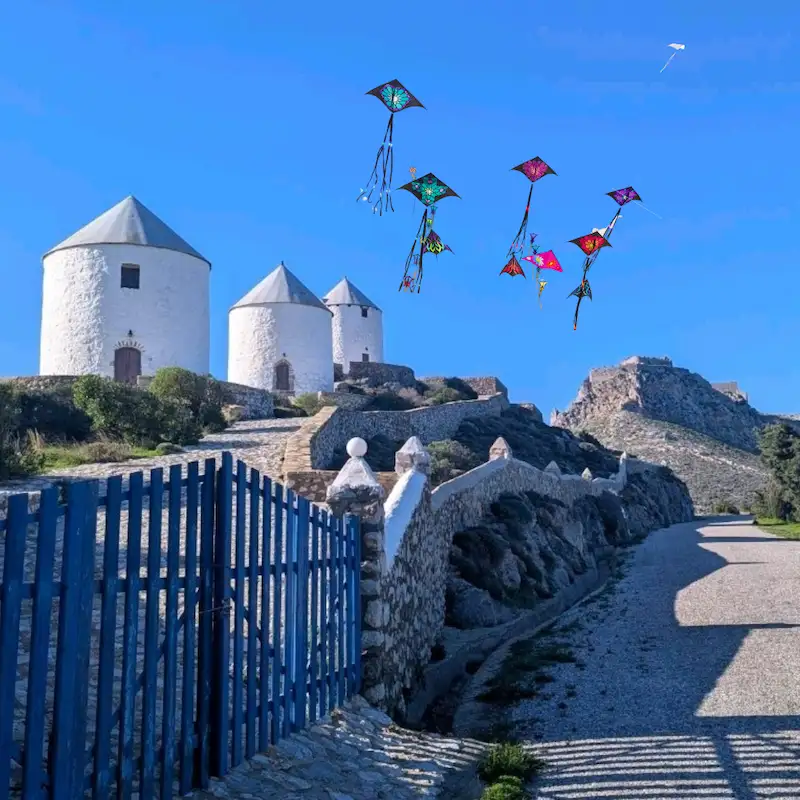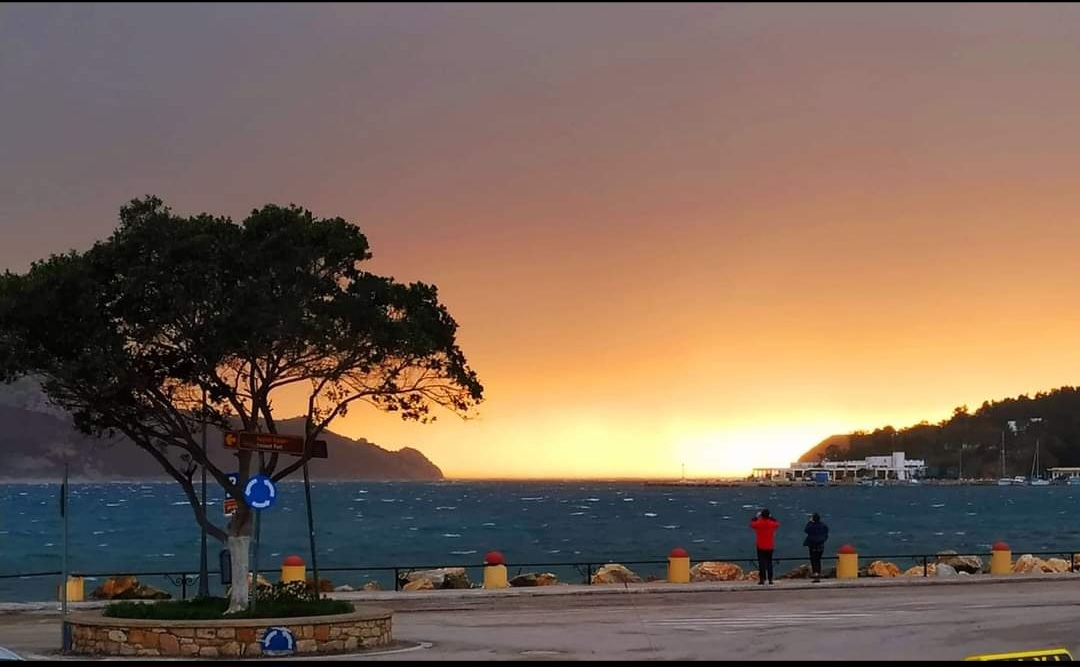Many are familiar with the haunting tales of war and destruction that gripped Leros during World War II, but few Lerians are aware of the existence of an Italian underground hospital that played a crucial role in saving lives during those tumultuous times.
Nestled in the Gonia location near the naval base, adjacent to the Italian bakery, this secret medical sanctuary with a capacity of 300 beds was constructed in 1936, just as the ominous clouds of war were beginning to gather.
The brutal reality of war struck Leros in November 1943 when German planes relentlessly bombed the island for a staggering 52 days. Despite the prominently displayed Red Cross symbols, the central hospital was not spared and succumbed to the devastating blows, forcing it to cease operations. In the face of this dire situation, the injured found refuge in a little-known underground shelter nearby.
This underground haven, initially a spacious gallery, underwent a rapid transformation into a fully functional hospital starting from early 1943. Metal doors, strategically placed a few meters from the main entrances, were designed to protect the bunker from chemical warfare. Concrete troughs with taps lined the corridor, providing doctors and nurses with essential facilities for handwashing.
Venturing further into the gallery, a meticulously designed area on the floor facilitated the disinfection of workers’ shoes before entering the operating room. This 150-meter-long shelter boasted three entrances and exits, along with an escape hatch, emphasizing its strategic construction with utility rooms, water, and electricity.
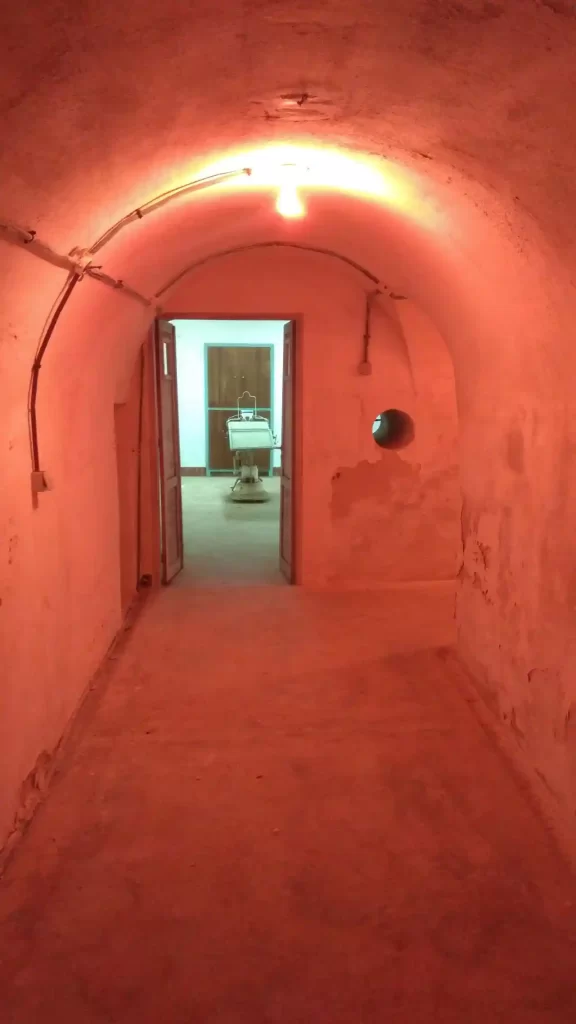
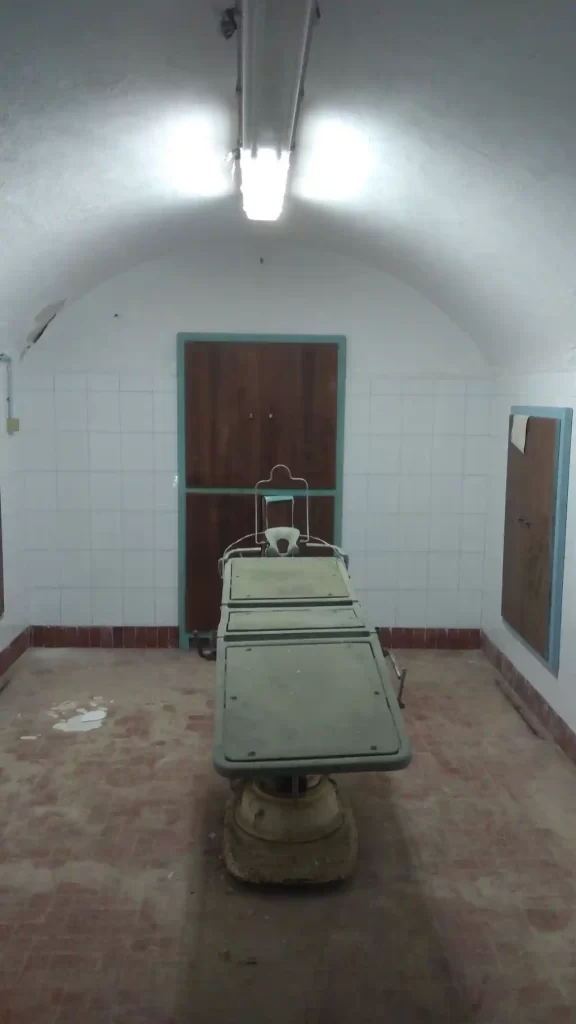
The hospital was under the capable leadership of Lieutenant Colonel Salvatore Saitta and the skilled hands of Surgeon Emanuele Repetto, supported by a dedicated team of doctors. The operating room, equipped with a surgical table proudly labeled “Turin, Italy,” displayed the resilience and resourcefulness of those who operated within its confines.
As November 1943 brought a tragic influx of wounded soldiers, craftsmen hastily assembled 150 double-decker wooden beds in the recovery room. The tunnel’s construction relied on a combination of wood, bricks, and concrete, creating a unique underground structure that, unfortunately, remains partially unfinished and poses dangers to visitors.
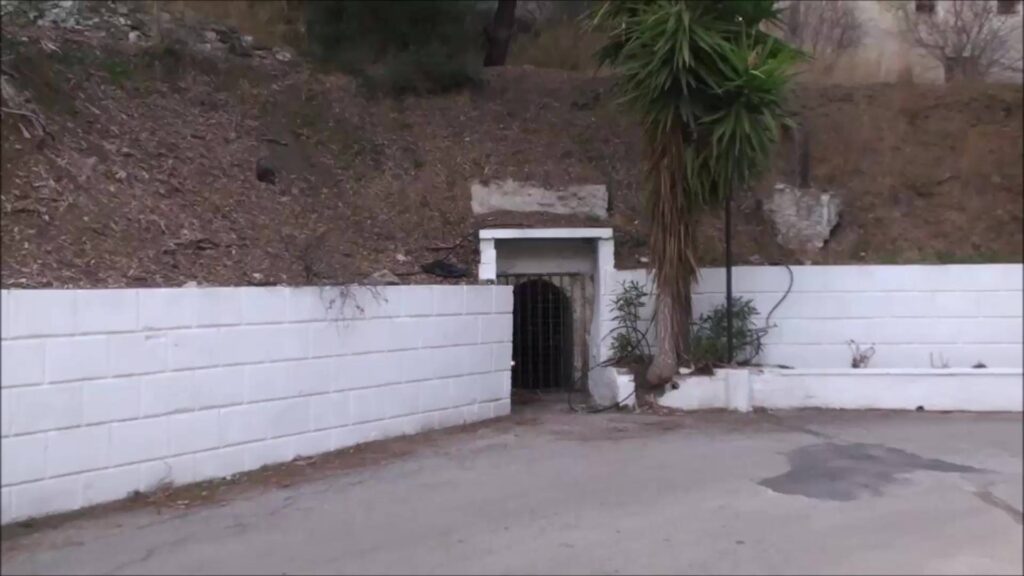
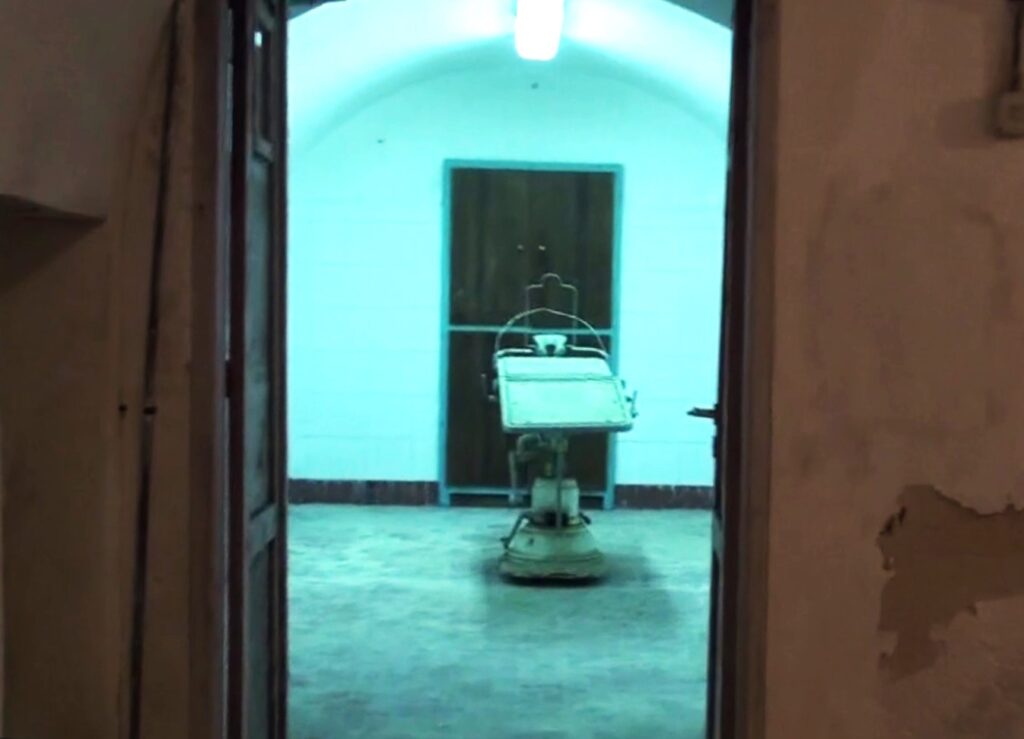
In 1996, a modest effort was made to address the wear and tear of time, with small repairs and rudimentary cleaning carried out in the area. The hope persists that one day, this hidden gem of Leros’s history will be open to the public, allowing everyone to step back in time and witness the resilience and ingenuity that defined a critical chapter in the island’s past.
